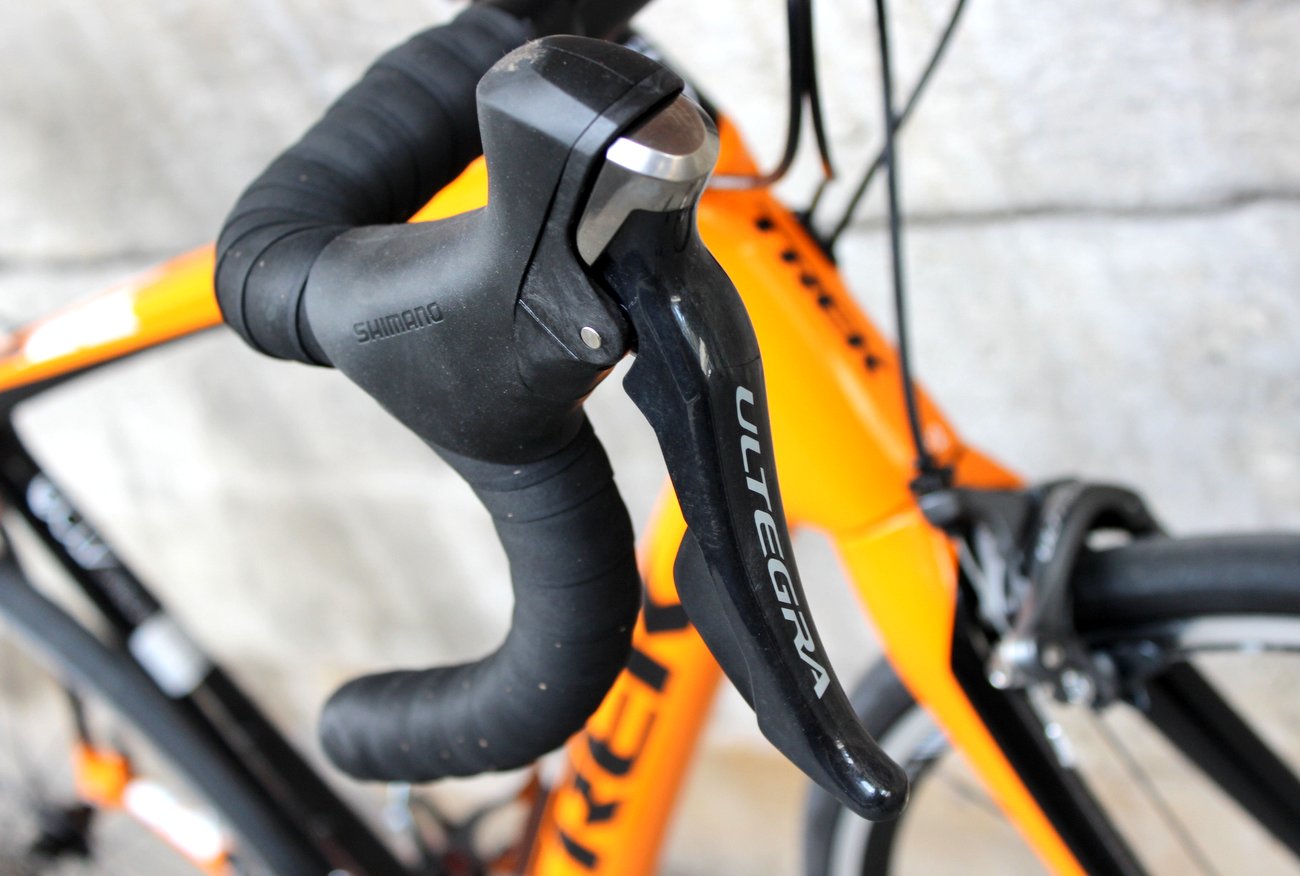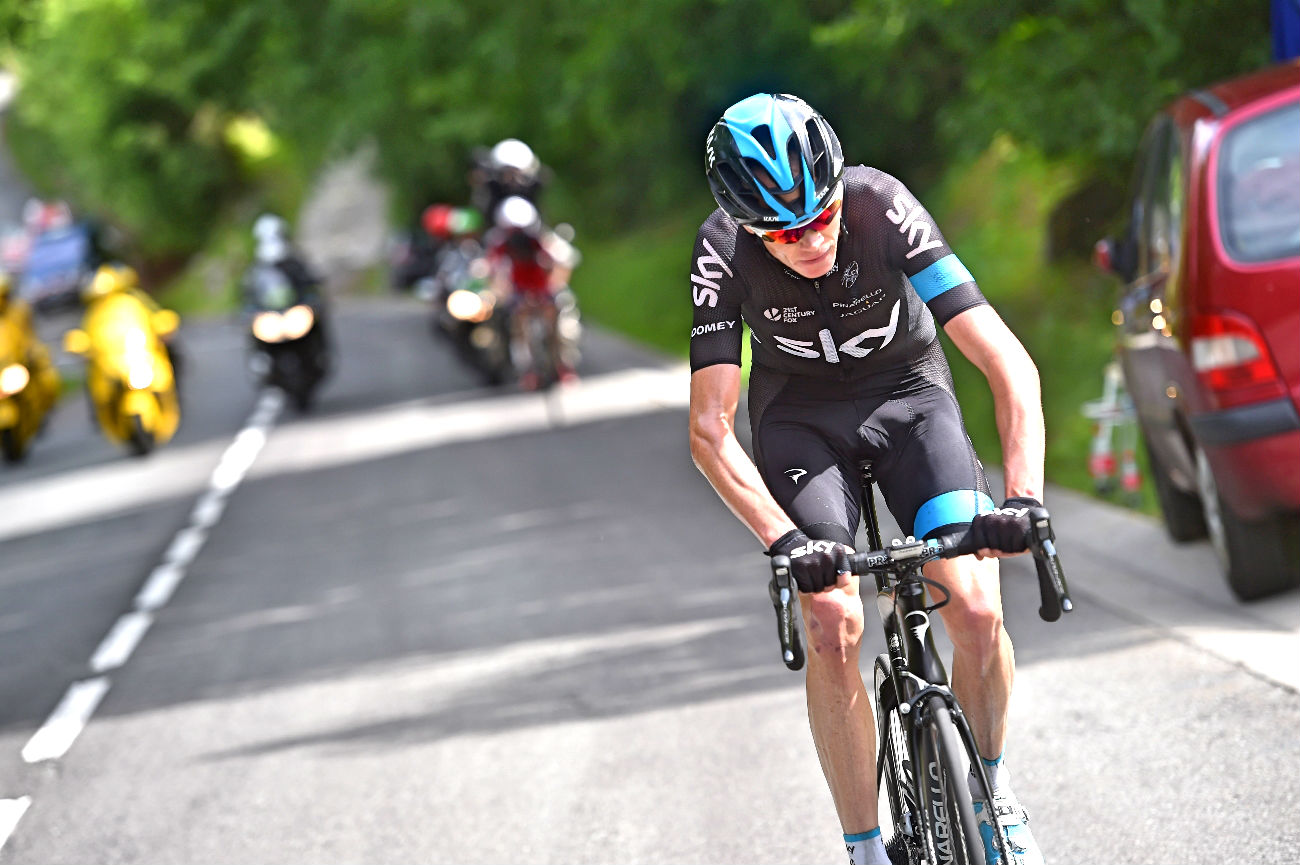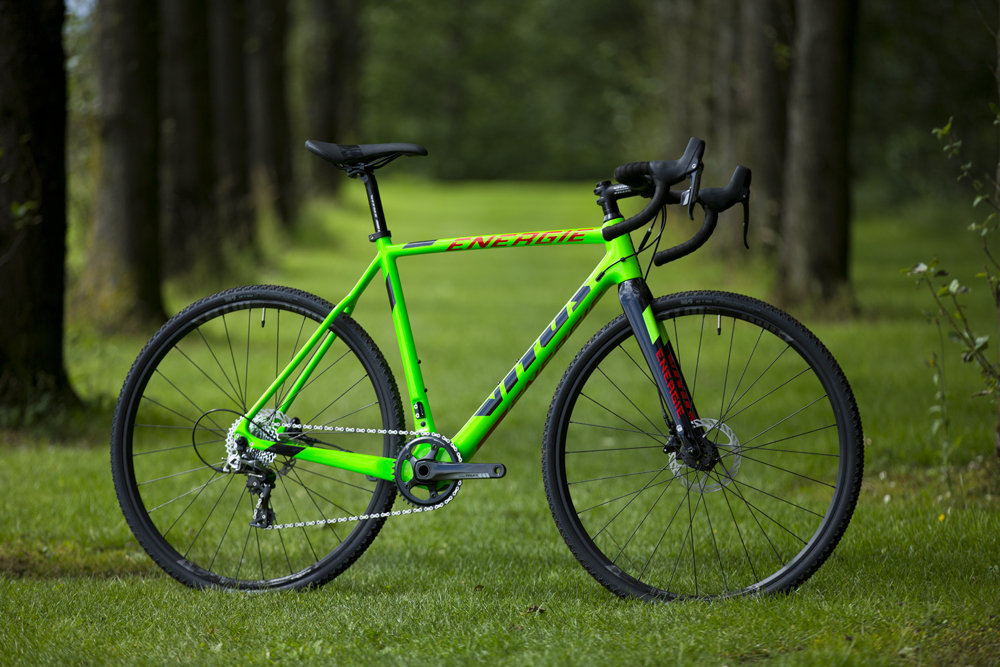The basics - chainsets, cassettes and gear ratios
-

Road bike gears may seem complicated at first, but use them properly and you'll soon by riding much more efficiently
-

The latest road groupsets are now 11-speed, meaning the rear cassette has 11 sprockets
-

Experienced riders will change gear frequently to maintain a high cadence
-

Avoid 'cross-chaining', which means using a small/small or big/big combination, as this puts additional stress on components
The basics - chainsets, cassettes and gear ratios
Two components directly impact the number of gears your bike has and the ratios available to you: the chainset and the cassette.
The chainset is located at the front of the drivetrain and either has one, two or three chainrings. The vast majority of road bikes have two chainrings in varying sizes and common combinations include the ‘standard’ double (with a 53-tooth outer ring and 39-tooth inner ring), as preferred by racing cyclists, the compact (with a 50-34t chainring combination), common on bikes aimed at recreational or sportive riders, and, as a more recent option and one growing in popularity, the semi-compact, which sits in between the two with 52-36t chainrings. Triple chainsets, meanwhile, have three chainrings and are designed to offer an even lower gear than a compact.
Meanwhile, the cassette is attached to the freehub on the rear wheel and on modern bikes will, depending on the component level and age of the bike, have either nine, ten or 11 sprockets. As technology has progressed, the number of sprockets on the cassette has grown, with 11-speed the current upper limit. The move towards a greater number of sprockets on a cassette can mean either smaller steps between gears for serious racers or wide-spread gear ratios for more casual riders, to offer a lower gear when climbing. Depending on the groupset and the manufacturer, cassettes can range from 11-23T to 11-32T, and switching your cassette is the easiest way to change the gear ratios on your bike, though the majority of bikes will now come with an 11-28t cassette to offer a wide range of gears. Anything bigger (and that means 11-32t) may also mean upgrading your rear derailleur to a long cage design to accommodate the extra size of the largest sprocket.

What do these numbers mean? In terms of the cassette, the higher the number of teeth, the lower the bottom gear available and the easier a bike will be to pedal up hill. The reverse is true at the front, where a lower number of teeth on a chainring equates to a lower gear. For example, a bike with a 50-34t compact chainset paired with an 11-32t cassette will have a significantly lower bottom gear than a bike with a 53-39t chainset and an 11-23t cassette, despite the fact that both bikes effectively have the same number of gears (22 if it is equipped with one of the latest 11-speed groupsets).
As for shifting technique, that depends on whether you use a Shimano, SRAM or Campagnolo groupset, as they all have their own intricacies when it comes to changing gear. We’ve run through the main difference between the big three manufacturers in our groupsets buyer’s guide. What remains the same across the board is that the left shifter operates the front derailleur to move the chain between the front chainrings, and the right shifter moves the rear derailleur across the cassette sprockets.
All things considered, selecting a gear therefore means placing the chain on either the big ring and little ring on the chainset, and choosing an individual sprocket on the cassette. But how do you select the ‘right’ gear?





